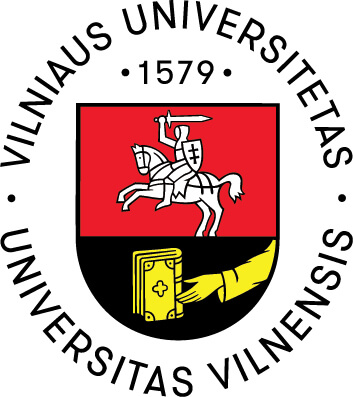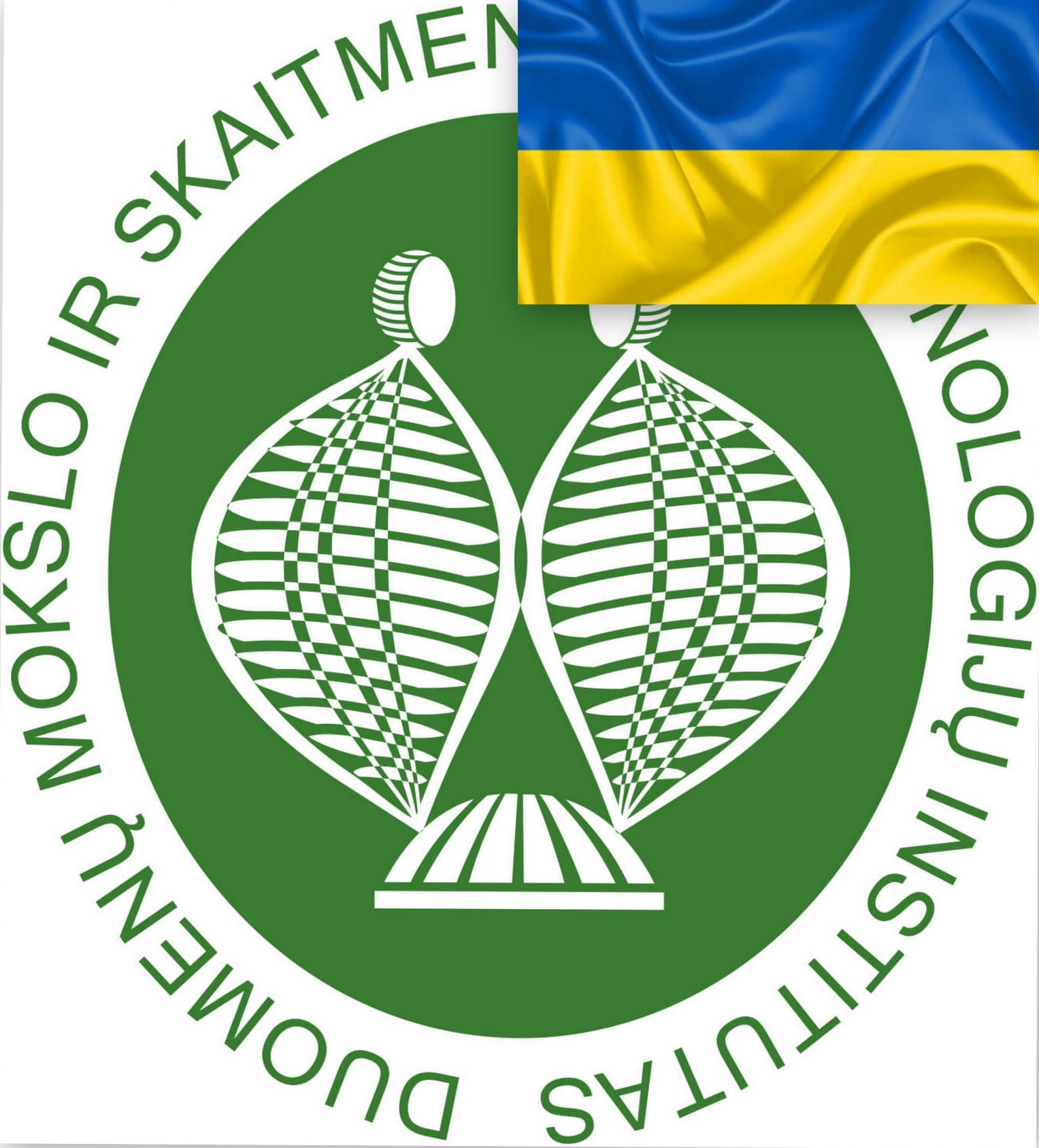2025 m. rugsėjo 22 d., 13 val.
Vilnius, Akademijos g. 4, 203 kab.
Nuotoliniu būdu „MS Teams“ aplinkoje (https://bit.ly/DMSTI_2025-09-22)
Sandra Virbukaitė
(disertacijos pristatymas,
vadovė dr. Jolita Bernatavičienė)
„Giliojo mokymosi algoritmų taikymo metodika patologiniams pokyčiams identifikuoti glaukomos diagnostikoje /
Methodology for Applying Deep Learning Algorithms to Identify Pathological Changes in Glaucoma Diagnosis“
Anotacija: Glaucoma is a leading cause of irreversible blindness, and its diagnosis depends on accurate assessment of the cup-to-disc ratio (CDR) from retinal fundus images. This research develops a multi-level methodology for applying deep learning (DL) algorithms to automate glaucoma detection, while addressing key challenges related to expert annotation variability, dataset inconsistencies, and the lack of standardized diagnostic thresholds. A comprehensive analysis of convolutional neural networks (CNNs) for optic disc (OD) and optic cup (OC) segmentation was conducted using multi-expert annotated datasets. Experimental results demonstrate that image resolution impacts segmentation accuracy, with 512×512 bicubic interpolation providing the most precise results. An ensemble CNN approach enhanced segmentation performance, improving Dice by up to 4% for OD and 5% for OC, with majority voting yielding the most consistent results. Statistical analysis confirmed that expert subjectivity introduces significant variability in glaucoma labeling. To address threshold inconsistencies, standardized CDR thresholds were proposed based on statistical analysis across datasets, introducing a three-stage classification: normal, glaucoma suspect, and glaucoma. Among the CDR metrics, such as vertical (VCDR), horizontal (HCDR), and area-based (ACDR), VCDR emerged as the most consistent indicator for glaucoma stage classification. These findings highlight the importance of standardizing expert labeling and selecting appropriate metrics, demonstrating that addressing annotation variability and establishing well-defined glaucoma diagnostic thresholds can lead to more accurate DL models for automated glaucoma diagnosis, thereby improving early detection and clinical decision-making.
 Patekote į pirmąjį lietuvišką domeną.
Patekote į pirmąjį lietuvišką domeną. 




